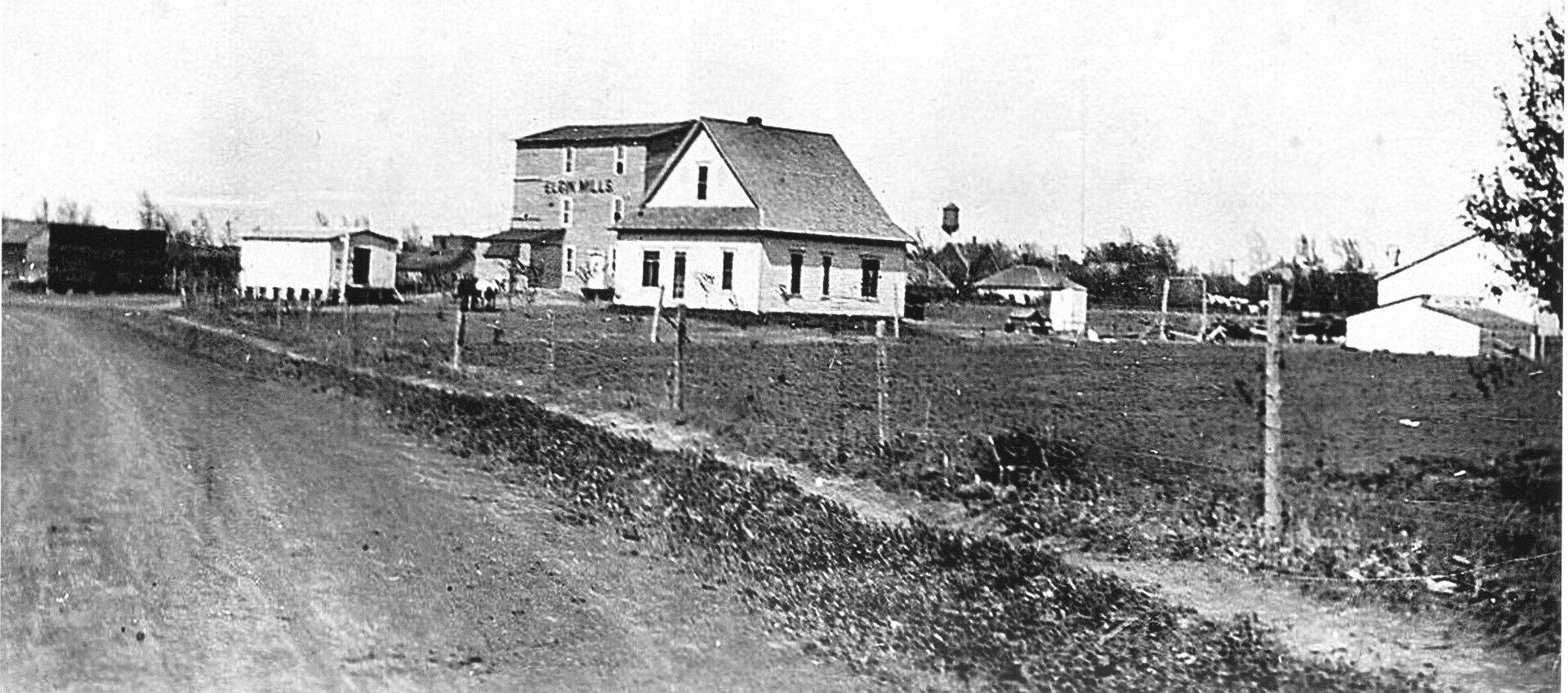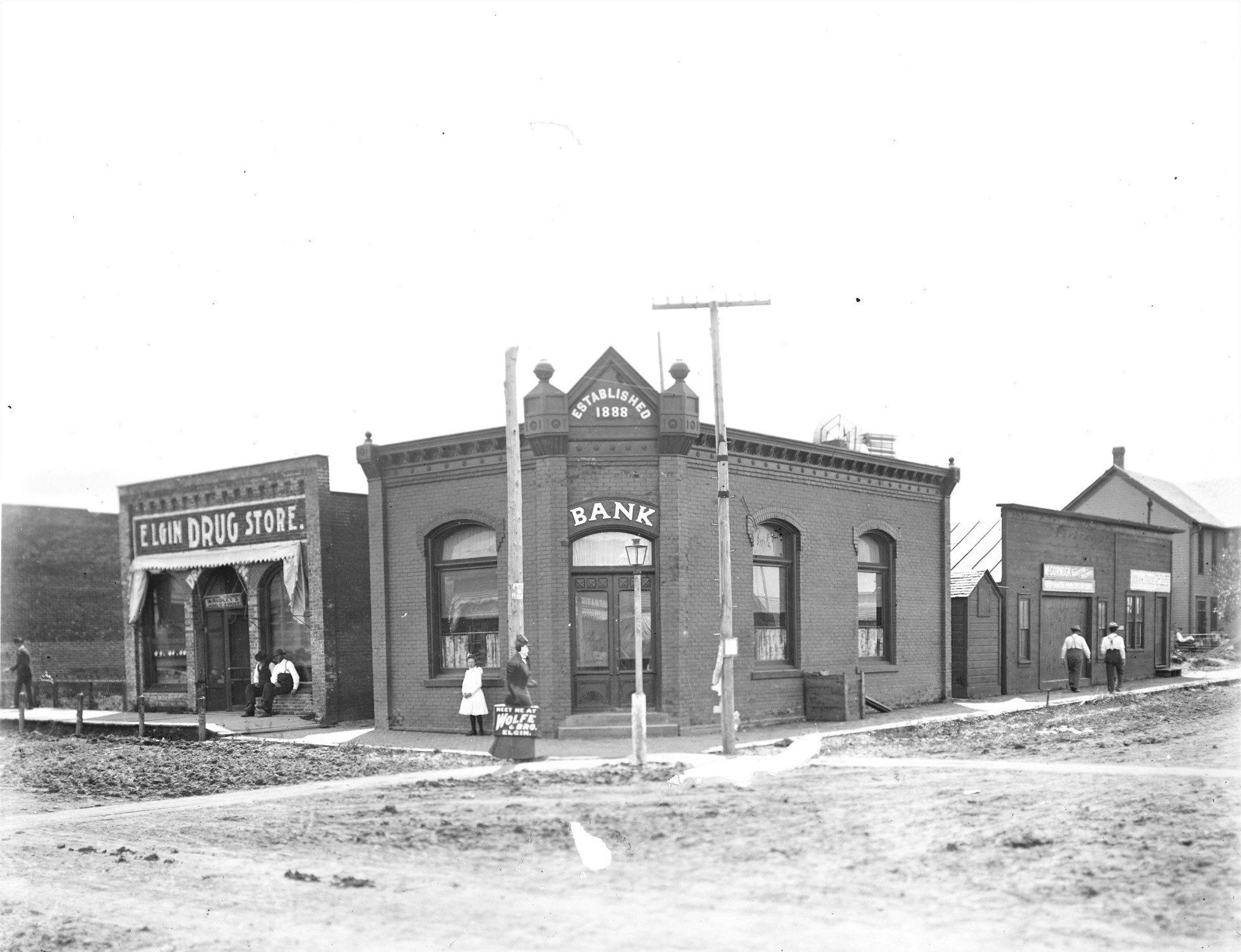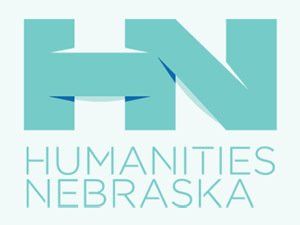Elgin, Nebraska
Elgin History
Download the Elgin Self-Guided Historical Tour PDF
Elgin is a town in southern Antelope County located along Highway 14. Elgin was platted in 1887 when the railroad was extended to that point. Elgin has grown over the years and currently more than 600 people living in the community. Elgin was once known as the “Vetch Capitol of the Nation” but now distinguishes itself as a town “Some Bigger, Some Smaller, None Better”.
In 1883, William Eggleston, one of Elgin’s early settlers, petitioned for a post office at his homestead (located where the West Cedar Valley cemetery is today). When the petition was granted, Gene Gailey randomly opened a postal guide, pointed blindly with his finger, opened his eyes to see "ELGIN" (Elgin, Illinois, that is). Thus, the name for the post office was determined.
About four years later, the Fremont, Elkhorn & Missouri Valley Railroad extended its branch from Albion to Oakdale. A city plat was made in June, and on July 4, 1887, a "real village" was dedicated with lots available for purchase. Elgin then became incorporated in 1889 with a population of 421. The first businesses were Dr. W. A. Peterson’s Drugstore, L. A. Young’s Country Store, Wm. Eggleston’s Post Office and George Graves Lumberyard. By 1892, Elgin had three banks and a half-mile racetrack. One of oldest continuous businesses today is Elgin's chapel-mortuary. Established in 1892 by W. E. Brooks, it is currently operated as Huffman-Levander Funeral Home.
School District 18 was organized in 1874 with the first building a soddy located one mile south of Elgin. There was a summer term for two months and another in the winter lasting three months. By 1883, a new frame schoolhouse was built 1/2 mile west of town serving as a church and a place for holding all civic and social functions. In 1888, the schoolhouse was moved to town but soon became inadequate. A two-story, four-room frame building was erected in 1892 and a two-year high school course of study was added. The first graduating class of 1897’s motto was "We learn for life, not school." About 1906, the 11th grade was added and about five years later the 12th grade was part of the new addition to the brick building. In 1903, the old Methodist Church was purchased and used as a Catholic parochial school. Five years later, in 1908, a new four-story Catholic School was built. Today, there are two Catholic schools, the St. Boniface Elementary School and Pope John XXIII High School.
Fires occurred in 1895 and 1909, each of which destroyed an entire block of buildings, including the Elgin State Bank in 1895. This led to the establishment of a volunteer fire department. Elgin now has a well-trained volunteer fire department and no uncontrolled fires have occurred since then. In 1947, a tornado hit Elgin, doing extensive damage to main street. A major hailstorm in 1984 caused exorbitant damage to buildings and property, including crops in the area.
One of Elgin’s earliest churches was organized in 1880 by the Methodists. This church was used by both Methodists and Presbyterians using the building on alternate Sundays. There was also a Union Sabbath School every Sunday, with prayer meeting during the week. Presently, Elgin has three well-attended churches, the Methodist Church, Trinity Lutheran Church organized in 1893, and St. Boniface Catholic Church in 1899 with dedication of their new church in 1902. There is also a rural Congregational Church of Christ at Park Center (west of Elgin) that was organized in 1885.
“St. Maur," or the Seymour Plantation, located at the east edge of Elgin is a well-known landmark. This mansion doubled in size in 1906 and again in 1917. It was purchased in 1972 and restored to its original beauty and splendor by Louis and Gayle Ganskow. Now known as the Plantation House, it has changed ownership several times.
The open-air street dances are fondly remembered and were held from 1934-54, with well- known bands such as Jimmy Barnett and Paul Moorhead. Attendance of 1,000 or more was common with admission of 25 cents for men, 10 cents for women.
As we think back to the unusual way in which Gene Gailey named Elgin, we are thankful for all he did for the town and the community. Gailey lived the remainder of his life in Elgin, and his daughter, Norma, and her husband, A. C. Carlson, who owned the John Deere tractor dealership, were life-long residents. Over the years, this is just one example of many families who have worked and contributed to promote Elgin in many ways.







